The Psychology Behind Stuffed Animals: Why We Love Them At Any Age
From the cozy corners of a child’s bedroom to the plush-adorned shelves of an adult’s living space, the presence of stuffed animals is almost a universal phenomenon. Whether it’s a cherished teddy bear from childhood or a newly acquired stuffed companion from a recent trip, these soft toys occupy a special place in our hearts.
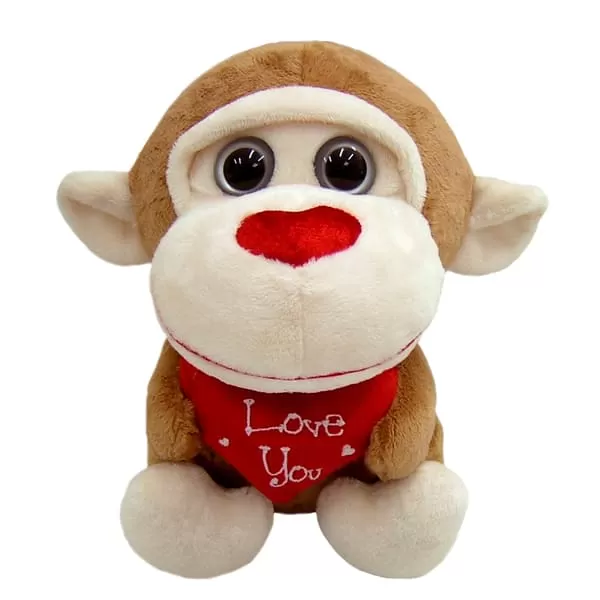
But have you ever stopped to wonder why? Behind the fluffy exterior and the comforting touch lies a deep psychology that connects these inanimate objects to our most profound emotions and memories.
Stuffed Animals in Childhood
The Formative Role of Transitional Objects
From the earliest moments of a child’s life, stuffed animals play a pivotal role. As children form attachments, these soft toys often emerge as their first friends, offering a comforting presence during moments of separation anxiety or unfamiliarity. These “transitional objects,” as psychologists label them, bridge the gap between the known and the unknown, making them indispensable in the early years.
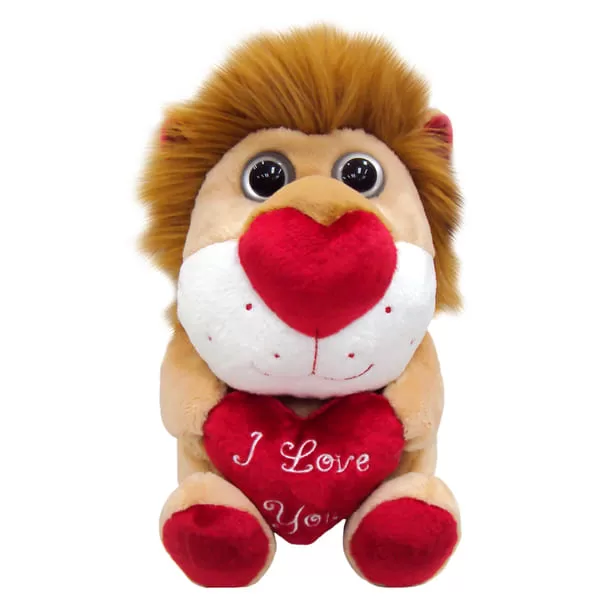
Childhood Bonds: More Than Just Toys
It’s not uncommon to see children talking to, sharing secrets with, or even getting upset with their favorite stuffed animal. This unique bond stems from the fact that these toys are often the first objects children have control over, helping them navigate the complexities of the world around them.
Transitional objects, a term coined by pediatrician and psychoanalyst Donald Winnicott, refers to items like teddies or blankets that children become emotionally attached to, helping them navigate significant developmental phases.
These comfort objects act as a bridge, aiding a child or baby’s transition from the total dependence of infancy to the relative independence of toddlerhood and beyond. They serve as a constant, a comfort object offering solace during times when the child is separated from primary caregivers.
Stuffed animals, being the most common transitional objects, play a crucial role in this aspect of childhood development. When faced with situations that induce anxiety—like starting school, moving homes, or even just bedtime—children often turn to their favorite stuffed animal for comfort. This soft companion, with its familiar scent and feel, provides a sense of security and constancy.
The bond formed is so strong that many children remember their favorite teddy bear or stuffed toy well into adulthood. Memories of nights spent clutching them close during thunderstorms, or whispering secrets into their plush ears, are a testament to their invaluable role during our formative years.
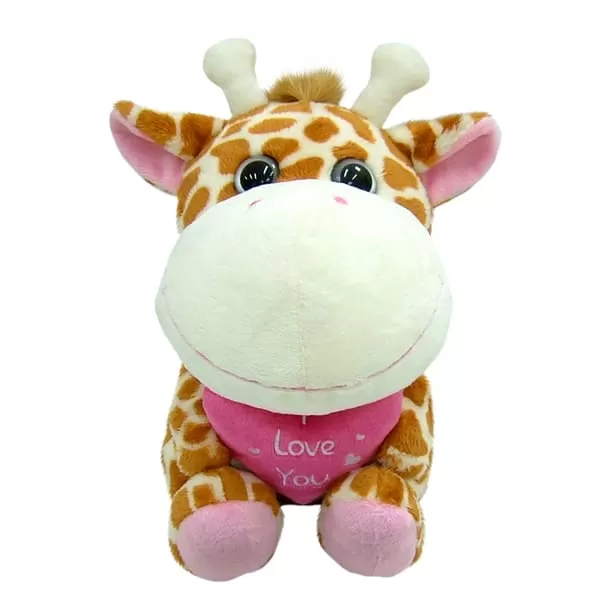
Beyond Childhood: The Adult Affection for Stuffed Toys
Adults and Their Plush Companions: A Continuation of Childhood?
The sight of an adult clutching a teddy bear might raise eyebrows, but delve deeper, and one realizes that this affection often stems from deep-seated psychological needs. Whether it’s the comfort of a familiar object or the process of re-parenting oneself, adult connections with stuffed animals can be profound and therapeutic.
In a society that often champions the notion of “growing up” and leaving “childish” things behind, the affection many adults hold for stuffed toys might raise eyebrows.
However, it’s vital to dispel the myth right away: possessing and cherishing a stuffed companion as an adult is very well being perfectly acceptable and, often, psychologically beneficial.
The deep-seated psychology behind adults’ fondness for teddy bears and stuffed toys often stems from various emotional needs. For some, these plush companions serve as tangible memories of a simpler time, providing solace in an ever-complicated adult world.
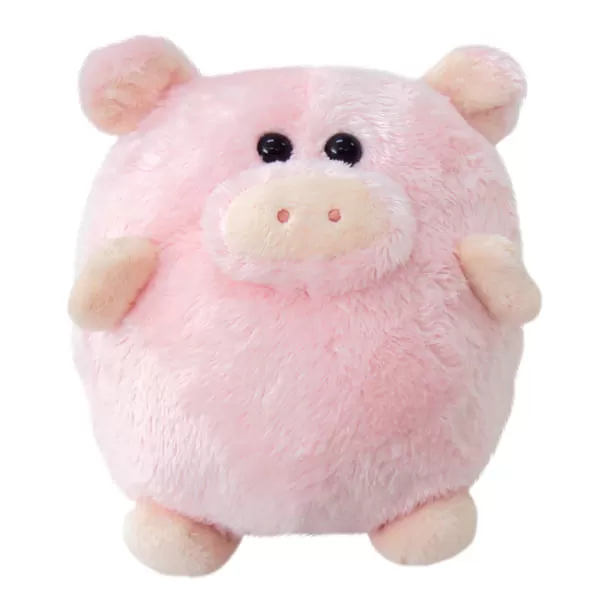
For others, especially those dealing with traumatic experiences, the soft toy becomes a conduit for processing trauma, with comfort objects offering silent support without judgment. Similarly, in the vast landscapes of loneliness that adulthood sometimes presents, a teddy bear or a stuffed animal can provide a semblance of company, easing feelings of isolation.
Furthermore, childhood teddies, especially those held onto by parents from younger years, can play a fascinating role in the process of “re-parenting.” This therapeutic approach allows adults to nurture their inner child, offering the care, understanding, and emotional support, that adults might have been lacking during their actual childhood. In these cases, the teddy becomes more than just a toy; it becomes a tool for healing and self-understanding.
The Comforting Embrace: Weighted Stuffed Animals and Sleep
Weighted Comfort: The Science Behind Better Sleep
With the rise of weighted stuffed animals and blankets, many have found solace in their comforting embrace. But what drives this connection? Delving deeper, we uncover how these weighted companions can enhance our sleep quality and help us address issues of anxiety.
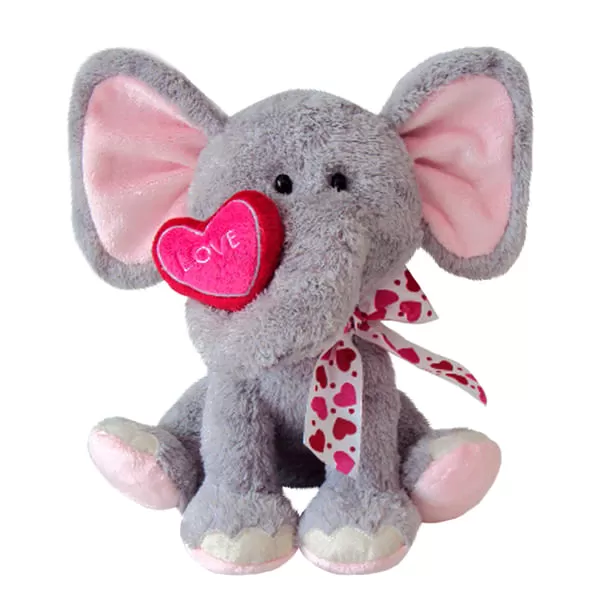
The past few years have witnessed a surge in the popularity of weighted blankets, stuffed animals, and weighted blankets themselves. At first glance, they might seem like a trendy offshoot of the stuffed toy industry, but their rise can be attributed to deep psychological and physiological benefits.
Weighted stuffed animals, much like their blanket counterparts in bed, are designed to provide a sense of deep pressure touch during sleep. This sensation mimics the feeling of sleeping while being held or hugged, leading to a decrease in the stress hormone cortisol and promoting the release of serotonin and dopamine. These biochemical changes help individuals fall asleep faster and achieve a more restful night’s sleep.

Beyond just sleep, the comforting weight of these stuffed animals can be therapeutic for adults sleep for those grappling with heightened levels of stress and anxiety. The sensation of being held can be grounding, offering an immediate sense of security and calm. Whether it’s a child clutching it during a thunderstorm or an adult seeking solace in bed after a long day, these weighted sleeping companions validate the deep-seated human need for touch and comfort.
The Social and Emotional Role of Stuffed Toys
Our Silent Comforters: The Emotional Depth of Stuffed Toys
As inherently social creatures, humans crave connections and bonds. In the absence of human contact, or sometimes in addition to it, stuffed animals step in as silent comforters, offering emotional support and alleviating feelings of isolation, anxiety, or sadness.
Humans, by nature, are inherently social creatures. Since the dawn of civilization, we have thrived on connections, be it with fellow humans or with the world around us. This intrinsic need for companionship extends beyond just our fellow species.
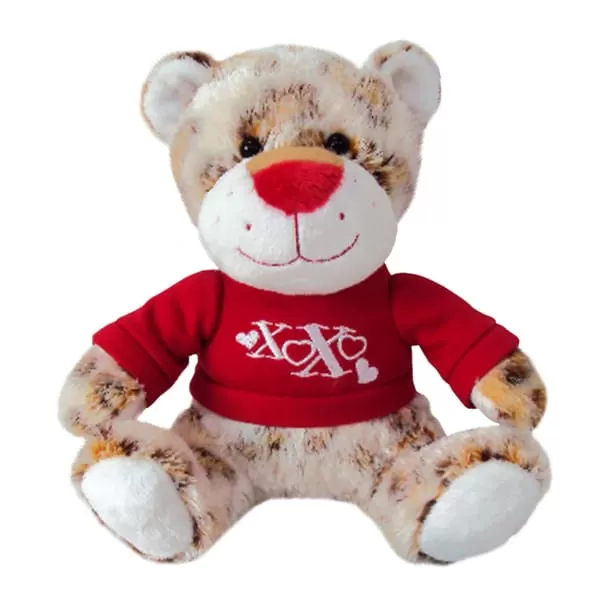
As we navigate the labyrinth of life, with its highs and lows, having a constant source of comfort becomes paramount. And this is where the unassuming stuffed toy, often relegated to the realms of childhood, plays a vital role across all age groups.
Stuffed toys, from the most raggedy teddy bear to the most exquisite plush toy, serve as silent sentinels of our emotional world. They become repositories of our feelings, absorbing our tears, listening to our unspoken fears, and becoming silent witnesses to our life’s journey.
In moments of distress, where negative feelings threaten to overwhelm, hugging a stuffed animal can offer a sense of solace, a reminder that comfort is just an embrace away. These interactions, though seemingly trivial, can have profound implications on one’s psychological state, alleviating feelings of despair, separation anxiety, and loneliness.
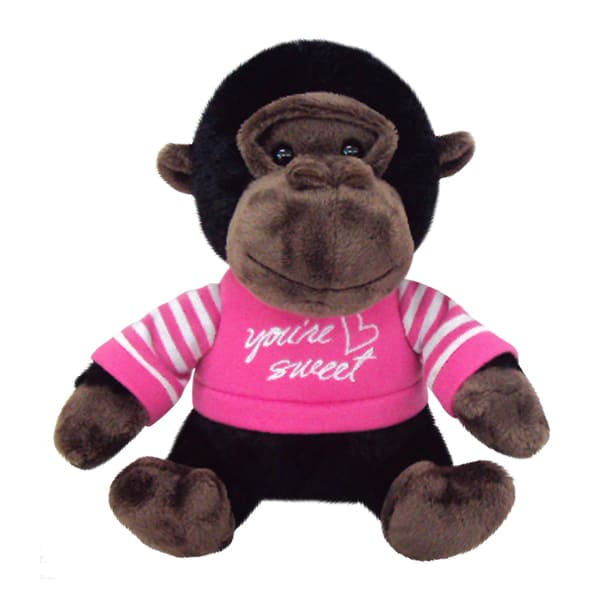
Moreover, the bond between humans and their stuffed toys is not a one-dimensional relationship. These soft companions often play an active role in boosting one’s low self esteem-esteem low self-esteem. Think of a child who’s been told they did something well and how they rush to tell their favorite teddy about their achievement. Or an adult, after a hard day, finding solace in the non-judgmental eyes of their best friend, their stuffed companion. These interactions reinforce positive feelings, validating one’s experiences and emotions.
This deep emotional bond explains why so many people, regardless of age, hold onto their childhood teddies and plush toys. These are not just inanimate objects filled with stuffing; they are time capsules of emotions, memories, and moments, a testament to the human capacity to form strong emotional bonds with the world around them.
Trauma, Mental Health, and Stuffed Toys
Healing with Plush: Stuffed Animals in Therapy
Traumatic experiences can leave deep emotional scars. In the process of healing, many individuals, both young and old, turn to stuffed animals as a source of solace. Therapists often acknowledge this bond, integrating stuffed animals into therapeutic practices.
Trauma, whether stemming from childhood incidents or adult experiences, can leave indelible marks on an individual’s psyche. For many trauma survivors, coping mechanisms vary widely, and for some, solace is found in the most unexpected places – like the arms of a stuffed animal.

Stuffed toys, with their soft, unchanging, and non-judgmental presence, often provide a sense of comfort and object security that might be missing elsewhere.
In therapeutic settings, stuffed animals’ psychology soft toys have emerged as effective tools for addressing and processing traumatic experiences and mental disorders. Many therapists, recognizing the comfort they provide, have incorporated stuffed animals into their sessions. Especially for individuals finding it challenging to articulate their feelings, having a stuffed animal to hold or talk to can serve as a medium to express and confront deep-seated emotions.
Licensed therapists have increasingly acknowledged the benefits and psychology of stuffed animals and animal-assisted therapy. These toys act as tactile anchors, grounding individuals when they recount or relive traumatic experiences. The familiar texture, the comforting weight, and even the smell of stuffed companions can offer a sanctuary in moments of trauma survivor distress, guiding the individual back to a space of safety and calm.

Scientific Perspective: How Stuffed Animals Affect Our Brain
From Touch to Brainwaves: The Plush Effect
At a glance, hugging a teddy bear might seem like a simple act. However, this touch, this connection, can trigger a series of reactions within the brain, leading to reduced stress and increased feelings of security. Delving into the science behind it offers fascinating insights.
Scientifically, the comfort derived from cuddling a stuffed toy isn’t just a figment of one’s imagination. Studies have shown that hugging, sleeping with or holding soft objects can result in a decrease in cortisol levels, the body’s primary stress hormone. This physiological change not only provides immediate relief of de-stress but promotes overall well-being.

But how do inanimate objects induce such profound effects? The answer lies in our primal need for human contact. Touch, one of the earliest senses developed in humans, has been linked to feelings of security, love, and trust.
Stuffed animals, to an extent, mimic this touch. Holding them stimulates the baby and brain similarly, releasing oxytocin, often referred to as the “love hormone,” fostering feelings of warmth, comfort object trust, and bonding.
Furthermore, the relationship between sleep and existential anxieties is complex. As night descends and the world falls silent, existential fears can become magnified. Here, the presence of a stuffed animal in one’s bed can be immensely comforting. It acts as a buffer, a silent guardian against the night’s uncertainties, ensuring that a good night’s sleep at night when it comes, is peaceful and restorative.
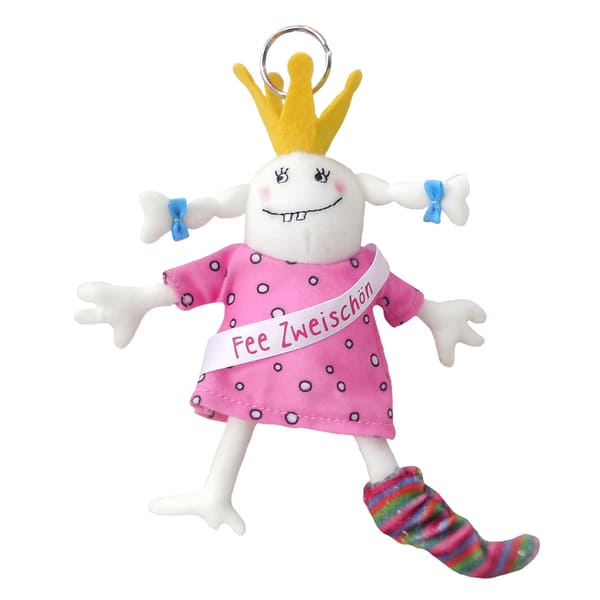
Stuffed Animals in Culture and Media
From Screen to Heart: Teddies in Pop Culture
Stuffed animals, particularly iconic ones like teddy bears, often make appearances in the media, reflecting our collective affection for them. But why does their depiction strike a chord with so many? Understanding this requires a dive into our shared psyche and the universal appeal of these plush companions.
Stuffed animals, especially the iconic teddy bear, have secured a treasured place in global culture and media. Their portrayal often extends beyond mere playthings for children, delving into profound narratives that resonate with adults too.
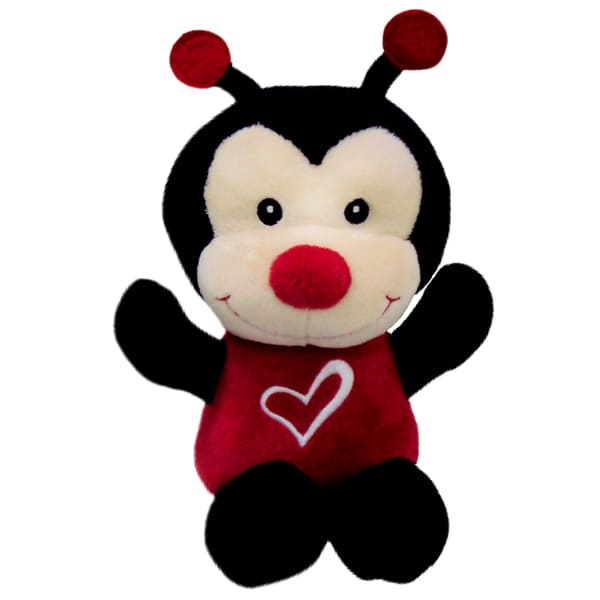
From the loyal teddy bear that witnesses a child’s highs and lows in numerous children’s books to the comedic yet heartwarming relationship between an adult and his talking teddy in movies like “Ted,” the media frequently taps into our collective affection for these plush companions.
This fascination isn’t merely a media-driven agenda. It reflects a deeper, almost universal sentiment. From a psychological viewpoint, teddies and other stuffed animals represent unconditional love, a security blanket, and comfort.
Media narratives around them often emphasize these themes, tapping into our inherent need for safety and acceptance. It’s no wonder then that movies or books featuring them strike a chord, validating the emotional connections many harbor with their cherished stuffed animal friends.
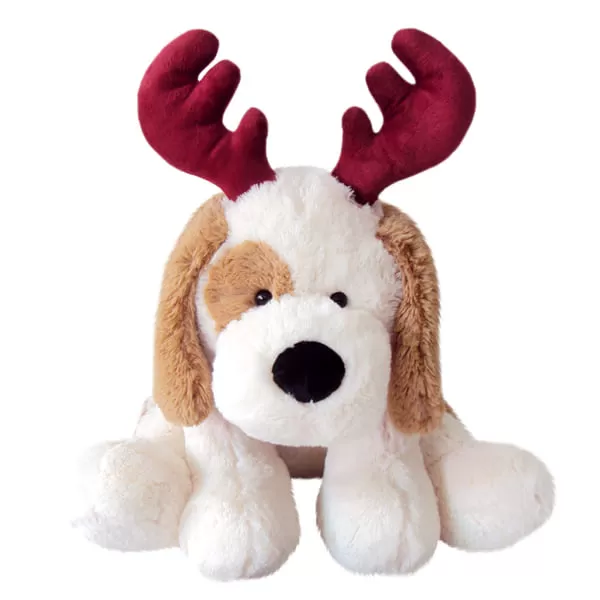
Conclusion
From the cribs of newborns to the bedrooms of adults, the presence of stuffed animals is a testament to an enduring relationship that transcends age. These seemingly simple objects, often disregarded as mere child’s play, carry with them a depth of emotion and psychological significance that perhaps not even their cuddliest bear or softest rabbit can encapsulate.
Delving deep into the human psyche, one discerns that our bond with stuffed animals and the psychology of other toys isn’t just about the plush fabric or the comforting feel. It’s rooted in our intrinsic need for connection, security, and understanding.
Stuffed animals, in their silent but steadfast manner, offer solace that’s hard to come by in the tumultuous journey of life. They bear witness to our tales of joy, love story sorrow, trauma, and healing, offering a soft touch or a listening ear whenever needed.
It’s only fitting, then, to recognize and celebrate this relationship. The world may evolve, and technologies may advance, but the timeless appeal of a teddy bear or a cherished plush toy remains unaltered, serving as a gentle reminder of simpler times and genuine emotions.
As we navigate the complexities of adulthood, let them help us remember that it’s not only perfectly acceptable but also enriching to hold onto these stuffed companions, embracing the comfort and memories they bring every night, regardless of our age.

7 Responses
https://wearethelist.com/story20188106/Официальный-сайт-balmain
This cutting-edge CCTV software provides a powerful video surveillance solution, offering advanced detection capabilities for people, cats, birds, and dogs. As a versatile surveillance camera software, it functions as an IP camera recorder and supports time-lapse recording. CCTV Software Enjoy safe remote access to your IP camera feeds through a trusted cloud video surveillance platform. This video monitoring software enhances your security system and is an excellent option for your CCTV monitoring needs.
Программа видеонаблюдения – это актуальное решение для обеспечения безопасности , сочетающий инновации и простоту управления.
На веб-ресурсе вы найдете детальные инструкции по выбору и настройке систем видеонаблюдения, включая онлайн-хранилища, их преимущества и ограничения .
Программы для видеонаблюдения
Рассматриваются гибридные модели , объединяющие локальное и удаленное хранение, что делает систему универсальной и эффективной.
Важной частью является разбор ключевых интеллектуальных возможностей, таких как детекция движения , распознавание объектов и другие AI-технологии .
На данном сайте можно ознакомиться с информацией о телешоу “Однажды в сказке”, развитии событий и главных персонажах. тутhttps://odnazhdy-v-skazke-online.ru/ Здесь представлены интересные материалы о создании шоу, исполнителях ролей и любопытных деталях из-за кулис.
This detailed resource serves as an thorough guide to the world of modern video surveillance, offering valuable insights for both experienced CCTV installers and business owners seeking to enhance their surveillance setup.
Fasttrack IT News
The site offers a detailed analysis of online video surveillance systems, exploring their benefits, drawbacks, and practical applications.
On this website, you will find information about the 1Win gambling platform in Nigeria.
It includes key features, including the well-known online game Aviator.
https://1win-casino-ng.com/
You can also explore sports wagering opportunities.
Enjoy a seamless gaming experience!